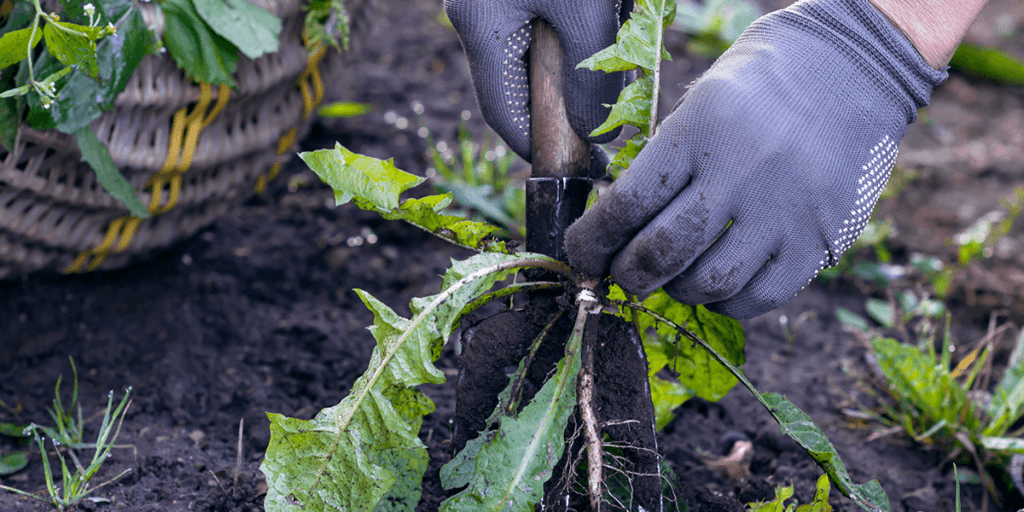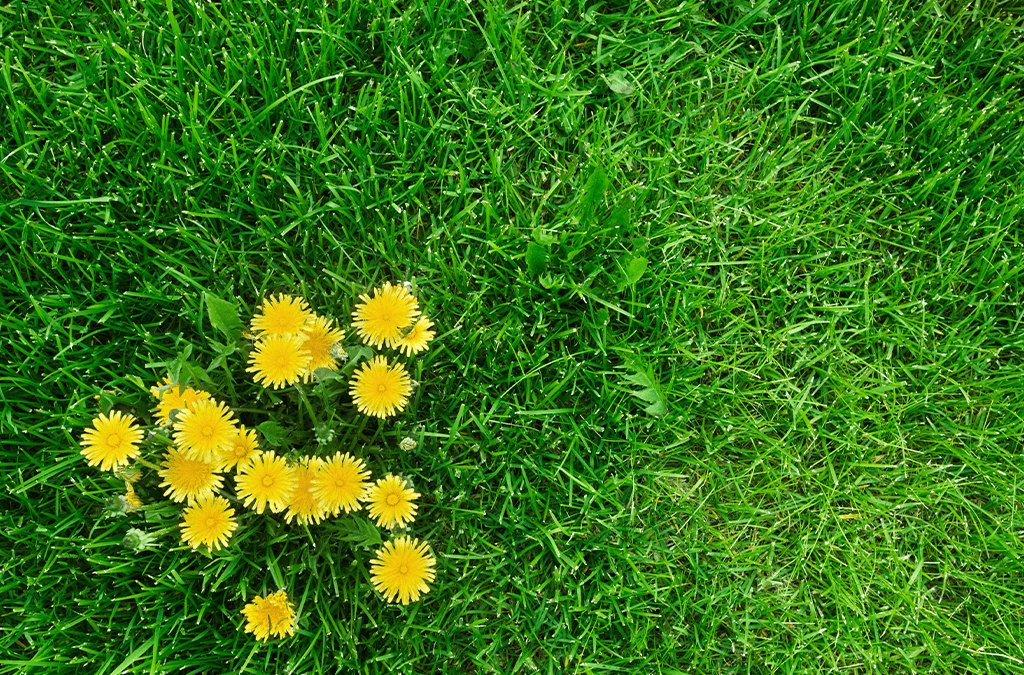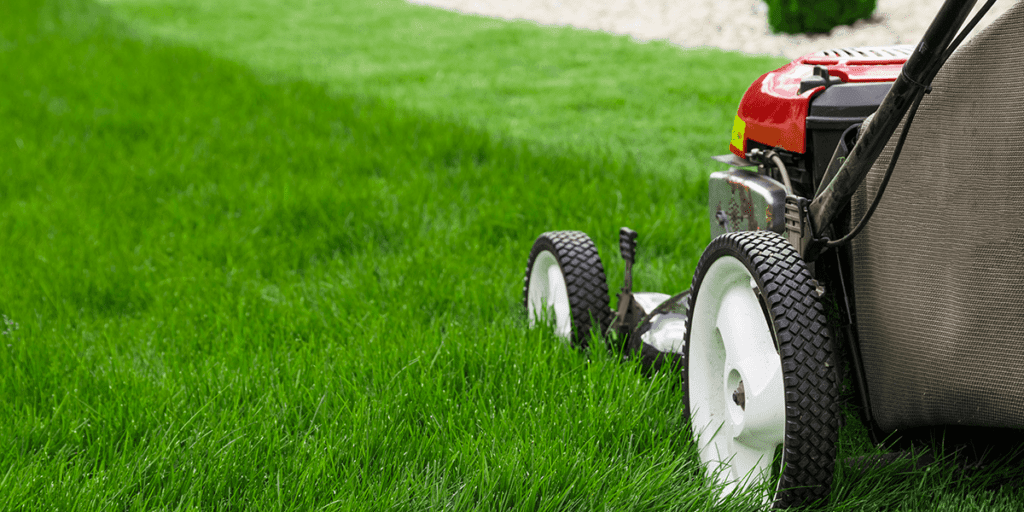If you’re proud of your lawn, listen up. The coming change of season means keeping an eye out on a nimble foe: the dandelion. If given an inch, it will take a mile and entrench upon your lawn, spelling danger for you. However, it’s not too late to get you sorted out and keep your lawn looking fabulous. Below are a few tips and tricks on effectively controlling any dandelion infestation, big or small.

Historical Usage of Dandelions
We didn’t always hate them. Dandelions have figuratively deep roots in our history. These broadleaf perennials are linked to every major ancient society: Ancient Egypt, Greece, Rome, and appearing in places like China and North America.
Dandelions are prized for their medicinal benefits, capable of treating stomach problems, and used later for treating appetites, liver and kidneys, fevers, and heartburn. Rich in vitamin A, K, and iron, dandelions would also find use in salads, coffees, and sandwiches. You can use the flower in wine and steep the roots for tea.
So if they’re so cool, what happened? The answer likely lies in how dandelions are responsible for wreaking havoc on many suburban family yards. Once a dandelion plant has entrenched itself in a yard, it can spread and return year after year, becoming incredibly difficult to control.

Modern Dandelion Removal Methods
Why are dandelions so difficult to remove? It’s in the roots! Dandelions happen to sport long taproots that spread deep into the soil. These taproots can be anywhere between 6 to 18 inches long, making them a challenge to destroy.
When removing them from your yard, you can choose from a few different methods. Going for a chemical approach—including weed killers, fertilizer, and herbicide—can be an effective method, even if it risks killing the surrounding greenery in your yard. Chemical weed killers can be applied directly to the roots of dandelions, eradicating them at the source.
If you’re looking for a chemical-free solution, consider creating your homemade herbicide or using boiling water to kill the roots. You may have heard vinegar recommended as a home remedy for dandelions, but the effectiveness in killing the roots is minimal.

That’s where pulling or digging out dandelions can come in handy. With the help of a weeding knife or trowel, you can dig and loosen the soil and eventually pull the entire dandelion up, taproot intact. The best time to dig up dandelions is when the soil is moist, ideally after rainfall; this makes removing the entire weed possible. Any part of the taproot left in the soil can allow the dandelion to sprout once more, growing a new plant.
Young dandelions begin to appear in the spring and fall. It’s important to deal with dandelions while they’re seedlings or before they even get the chance to germinate. At this stage, the taproot is thin and easy to pull, and dandelion leaves have yet to develop a waxy coating that is invulnerable to weed killers. You can also apply corn gluten as a natural herbicide on your lawn to help kill dandelion seeds before they take to the soil.
Post-Dandelion Removal Tips
Let’s say you succeed in removing dandelions from your yard, having dug them up and kept them from encroaching upon your green space. Now, what’s next? The focus should be on keeping your lawn healthy to prevent further dandelion entrenchment. It’s time-intensive, but this preventative work is the best way to ensure these weeds don’t come back, eliminating the need for intensive removal.
Fertilize your grass often during the growing season. Know the grass type your lawn has and schedule fertilization to take advantage of it. Doing this can result in a healthy and dense lawn capable of crowding out weeds.
Keep your lawn mowed high, ideally at a minimum of 3 inches. This method can result in a healthier lawn thanks to an extensive root system and thicker grass blades, controlling just how much light invading species have access to, leaving less need for fertilization, and—you guessed it—fewer weeds!
If you’re looking for help with dandelion control near you, visit us at Platt Hill Nursery! We’d love to help you get your lawn looking its best for a gorgeous summer ahead.
Platt Hill Nursery is Chicago’s premier garden center and nursery.




